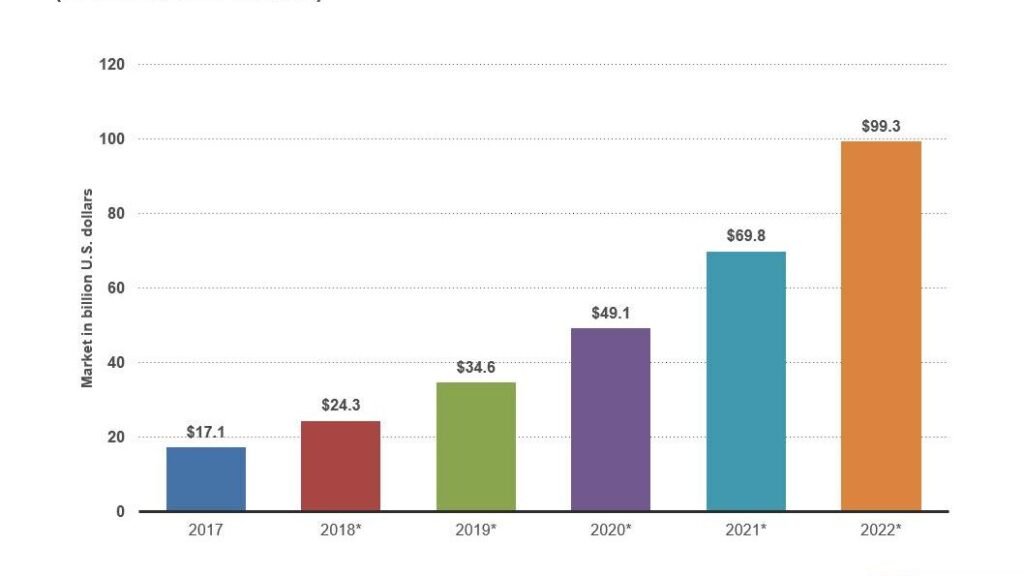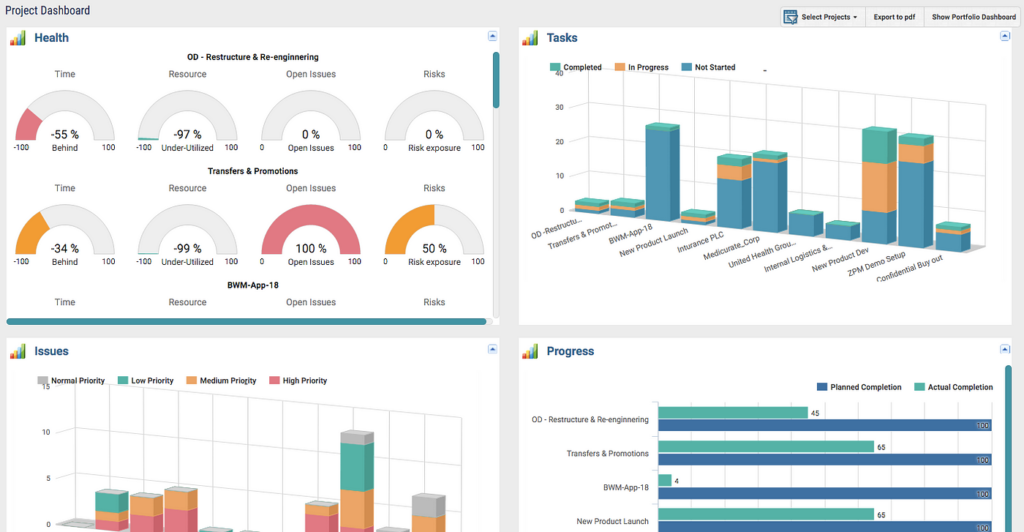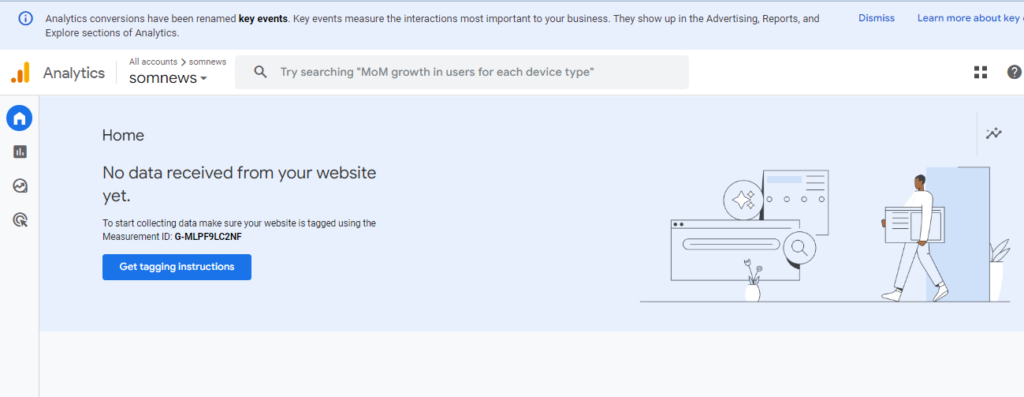
Define Digital Marketing
Define Digital Marketing
In today’s hyper-connected world, digital marketing has become an indispensable tool for businesses aiming to connect with their target audience effectively. From social media campaigns to search engine optimization (SEO), digital marketing encompasses a vast array of techniques and strategies that leverage the internet and electronic devices to promote products and services. This article aims to thoroughly define digital marketing, delve into its key components, and offer practical insights into how you can utilize these strategies to enhance your online presence.
What is Digital Marketing?
Digital marketing refers to the use of digital channels and platforms to promote and market products or services to consumers. Unlike traditional marketing methods, which rely on physical media such as print ads and billboards, digital marketing focuses on utilizing digital technologies to reach a global audience. This encompasses a wide range of activities, including content creation, social media management, email marketing, search engine optimization (SEO), and more.
The Evolution of Digital Marketing
To fully understand digital marketing, it’s important to appreciate its evolution. The term “digital marketing” became prominent in the late 1990s as the internet began to gain widespread adoption. Initially, digital marketing was centered around banner ads and simple website presence. However, with the advancement of technology and the rise of social media, digital marketing strategies have become more sophisticated and targeted.

Key Components of Digital Marketing
Digital marketing encompasses several key components, each playing a crucial role in a comprehensive marketing strategy. Here, we will explore these components in detail:
1. Search Engine Optimization (SEO)
Definition and Importance
SEO involves optimizing a website and its content to rank higher in search engine results pages (SERPs). The goal of SEO is to increase the visibility of a website, attract more organic traffic, and improve the user experience.
Key Strategies
- Keyword Research: Identifying relevant keywords and phrases that potential customers use to search for products or services.
- On-Page Optimization: Enhancing website elements such as meta tags, headings, and content to align with targeted keywords.
- Off-Page Optimization: Building backlinks from other reputable websites to improve domain authority and search engine ranking.
- Technical SEO: Ensuring that a website’s technical aspects, such as site speed and mobile-friendliness, are optimized for search engines.

2. Content Marketing
Definition and Importance
Content marketing focuses on creating and distributing valuable, relevant content to attract and engage a target audience. It aims to build brand authority, foster customer trust, and drive profitable customer actions.
Key Strategies
- Blogging: Regularly publishing informative and engaging blog posts that address the needs and interests of your audience.
- Infographics: Creating visually appealing graphics that convey complex information in an easily digestible format.
- Videos: Producing video content, such as tutorials, product demonstrations, and testimonials, to capture and retain audience attention.
- E-books and Whitepapers: Offering in-depth resources that provide valuable insights and solutions to your audience’s problems.

3. Social Media Marketing
Definition and Importance
Social media marketing involves using social media platforms to promote products, engage with customers, and build brand awareness. Each platform offers unique features and audience demographics, making it important to tailor strategies accordingly.
Key Strategies
- Platform Selection: Choosing the right social media platforms based on your target audience and business objectives.
- Content Creation: Developing engaging and shareable content, including posts, images, and videos.
- Community Management: Interacting with followers, responding to comments and messages, and managing online reputation.
- Paid Advertising: Utilizing social media ads to target specific demographics and increase reach and engagement.

4. Email Marketing
Definition and Importance
Email marketing involves sending targeted emails to a list of subscribers to promote products, share updates, or offer special promotions. It is a cost-effective way to nurture leads, retain customers, and drive conversions.
Key Strategies
- Segmentation: Dividing your email list into segments based on criteria such as demographics, purchase history, or engagement levels.
- Personalization: Tailoring email content to individual recipients based on their preferences and behavior.
- Automation: Setting up automated email sequences for tasks such as welcome emails, abandoned cart reminders, and follow-ups.
- A/B Testing: Testing different email elements, such as subject lines and call-to-action buttons, to optimize performance.

5. Pay-Per-Click Advertising (PPC)
Definition and Importance
PPC advertising involves placing ads on search engines and social media platforms, where advertisers pay a fee each time their ad is clicked. This method provides immediate visibility and traffic to your website.
Key Strategies
- Keyword Selection: Choosing relevant keywords that align with your business goals and target audience.
- Ad Creation: Crafting compelling ad copy and designing visually appealing ad creatives.
- Bid Management: Setting and adjusting bids for keywords to maximize ROI and achieve desired ad placement.
- Performance Tracking: Monitoring and analyzing ad performance to refine strategies and improve results.

6. Affiliate Marketing
Definition and Importance
Affiliate marketing involves partnering with other businesses or individuals (affiliates) to promote your products or services. Affiliates earn a commission for driving traffic or sales through their referral links.
Key Strategies
- Affiliate Recruitment: Finding and partnering with affiliates who have a relevant audience and align with your brand.
- Commission Structures: Establishing fair and motivating commission structures to incentivize affiliates.
- Tracking and Reporting: Using tracking tools to monitor affiliate performance and provide accurate reporting and payments.
- Support and Communication: Providing affiliates with the necessary resources and maintaining open lines of communication.
7. Analytics and Data Analysis
Definition and Importance
Analytics and data analysis involve collecting and examining data to gain insights into website performance, user behavior, and campaign effectiveness. This information helps refine strategies and make informed decisions.
Key Strategies
- Web Analytics Tools: Utilizing tools such as Google Analytics to track metrics such as traffic, conversions, and user behavior.
- Data Interpretation: Analyzing data to identify trends, patterns, and areas for improvement.
- Reporting: Creating reports to communicate findings and measure the success of marketing efforts.
- Continuous Improvement: Using data insights to continuously optimize and enhance marketing strategies.

Benefits of Digital Marketing
Digital marketing offers numerous advantages over traditional marketing methods. Understanding these benefits can help businesses leverage digital strategies more effectively.
1. Global Reach
Digital marketing allows businesses to reach a global audience without geographical constraints. Through online channels, companies can expand their market reach and tap into new customer bases around the world.
2. Cost-Effectiveness
Compared to traditional marketing methods, digital marketing is often more cost-effective. Many digital strategies, such as content marketing and social media management, can be implemented with a relatively low budget, making it accessible for businesses of all sizes.
3. Measurable Results
Digital marketing provides the ability to track and measure campaign performance in real-time. By analyzing metrics such as website traffic, conversion rates, and engagement levels, businesses can assess the effectiveness of their strategies and make data-driven decisions.
4. Targeted Advertising
Digital marketing enables precise targeting of specific audiences based on demographics, interests, and behavior. This ensures that marketing efforts are directed towards individuals who are more likely to be interested in the products or services offered.
5. Enhanced Engagement
Digital marketing allows for interactive and engaging experiences through various channels. From social media interactions to personalized email content, businesses can build meaningful relationships with their audience and foster brand loyalty.
How to Implement a Digital Marketing Strategy
Implementing a successful digital marketing strategy involves several key steps:
1. Define Your Goals and Objectives
Before launching a digital marketing campaign, it’s important to define clear goals and objectives. Whether you aim to increase website traffic, generate leads, or boost sales, having specific and measurable goals will guide your strategy and help you evaluate success.
2. Identify Your Target Audience
Understanding your target audience is crucial for effective digital marketing. Conduct market research to identify your audience’s demographics, interests, and online behavior. This information will help you tailor your content and choose the right channels for reaching them.
3. Develop a Content Plan
Create a content plan that outlines the types of content you will produce, the platforms where it will be shared, and the frequency of publication. Ensure that your content aligns with your audience’s interests and addresses their needs.
4. Choose Your Digital Channels
Select the digital channels that will best reach your target audience and support your marketing goals. Consider a mix of channels, such as SEO, social media, email, and PPC, to create a comprehensive and effective strategy.
5. Execute and Monitor Your Campaign
Implement your digital marketing campaigns according to your plan. Monitor performance using analytics tools and track key metrics to assess the effectiveness of your strategies. Be prepared to make adjustments based on the data and feedback you receive.
6. Analyze and Optimize
After the campaign has been executed, analyze the results to determine what worked well and what needs improvement. Use insights from the data to optimize future campaigns and enhance your overall digital marketing strategy.
Conclusion
Digital marketing is a dynamic and multifaceted field that plays a vital role in modern business strategies. By understanding and implementing the various components of digital marketing—such as SEO, content marketing, social media, email marketing, PPC, affiliate marketing, and analytics—businesses can effectively connect with their audience, drive engagement, and achieve their marketing goals.
As technology continues to evolve, staying updated with the latest trends and best practices in digital marketing will be essential for maintaining a competitive edge. Whether you are a business owner looking to enhance your online presence or a marketing professional seeking to refine your skills, mastering digital marketing is key to success in the digital age.

